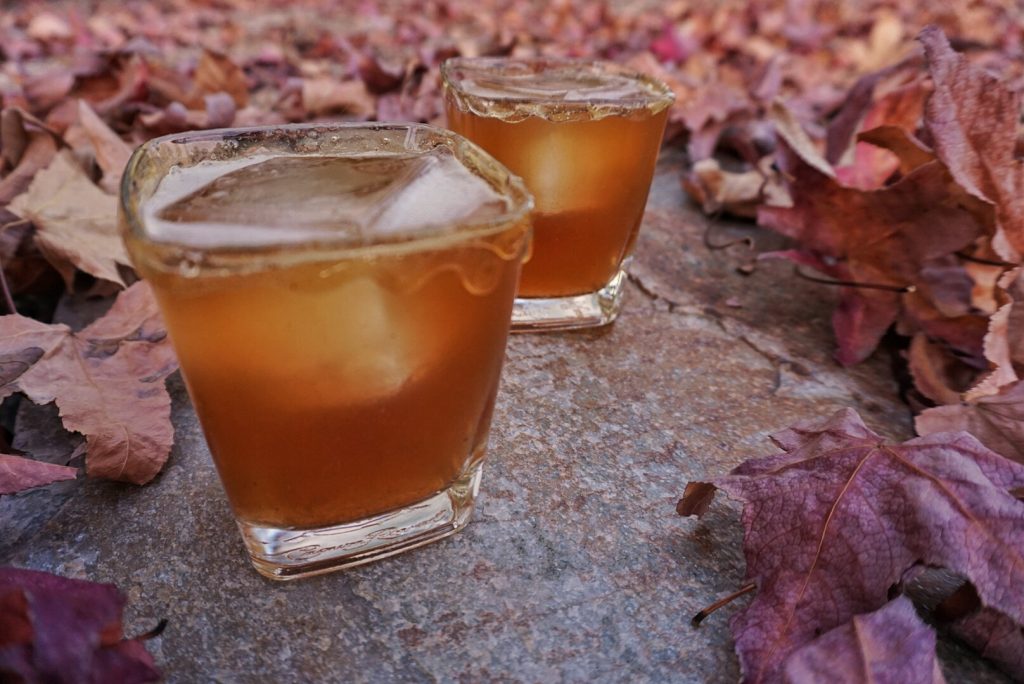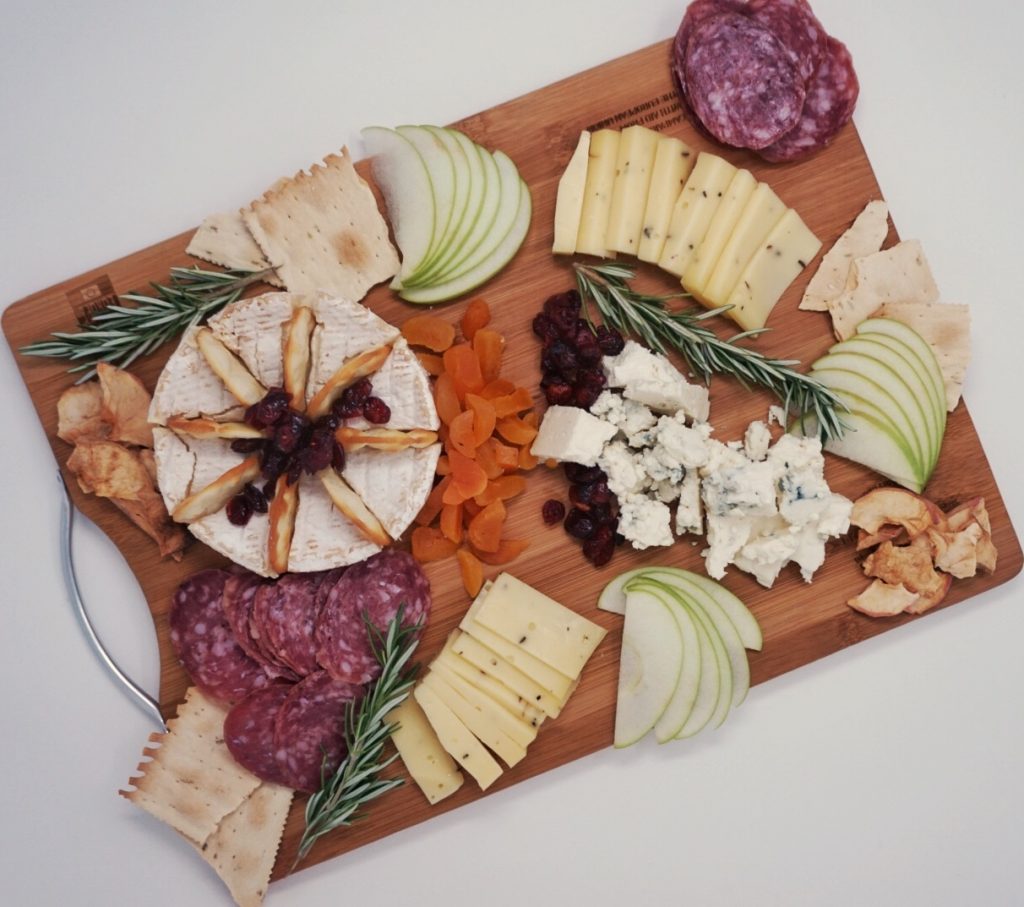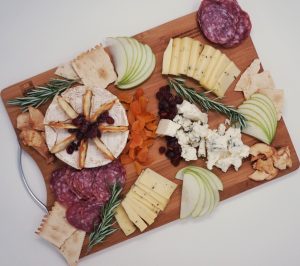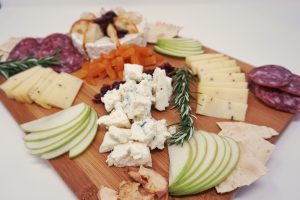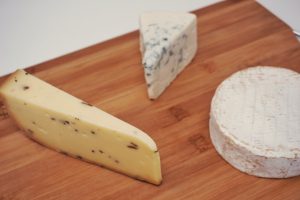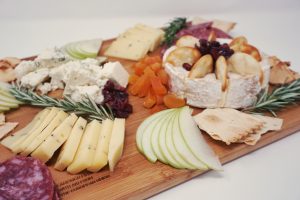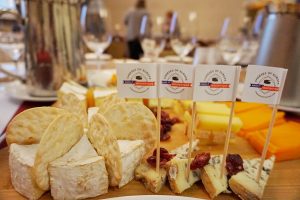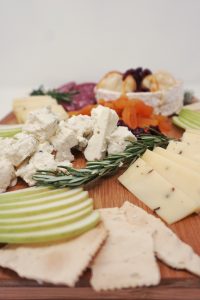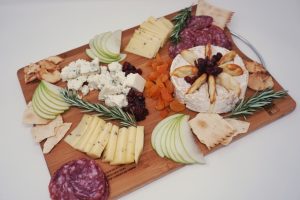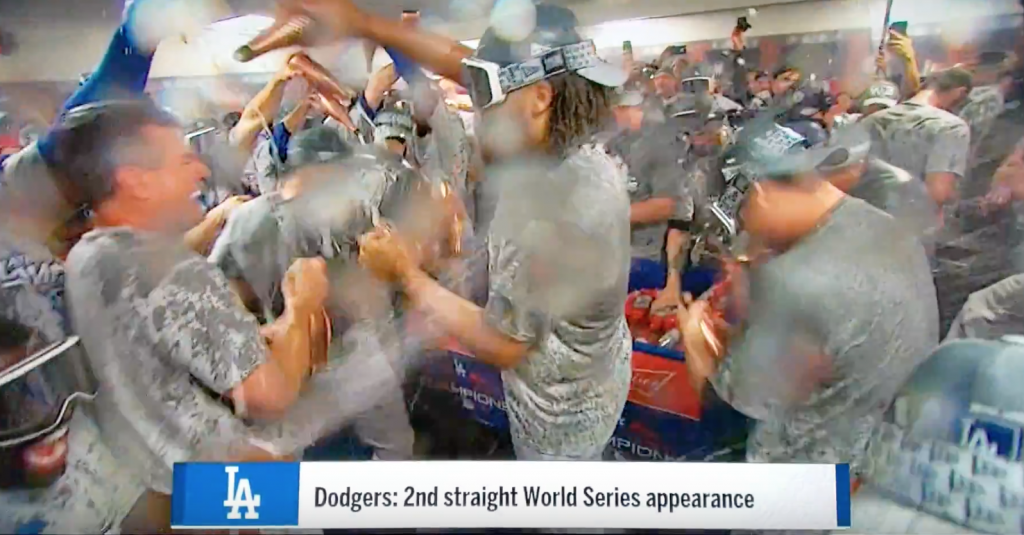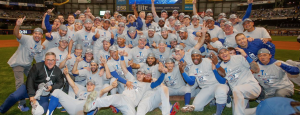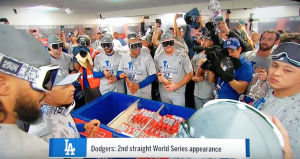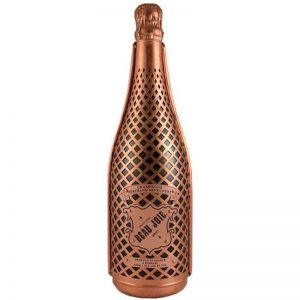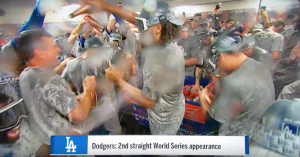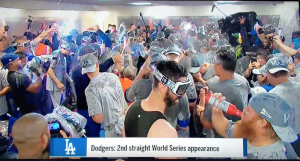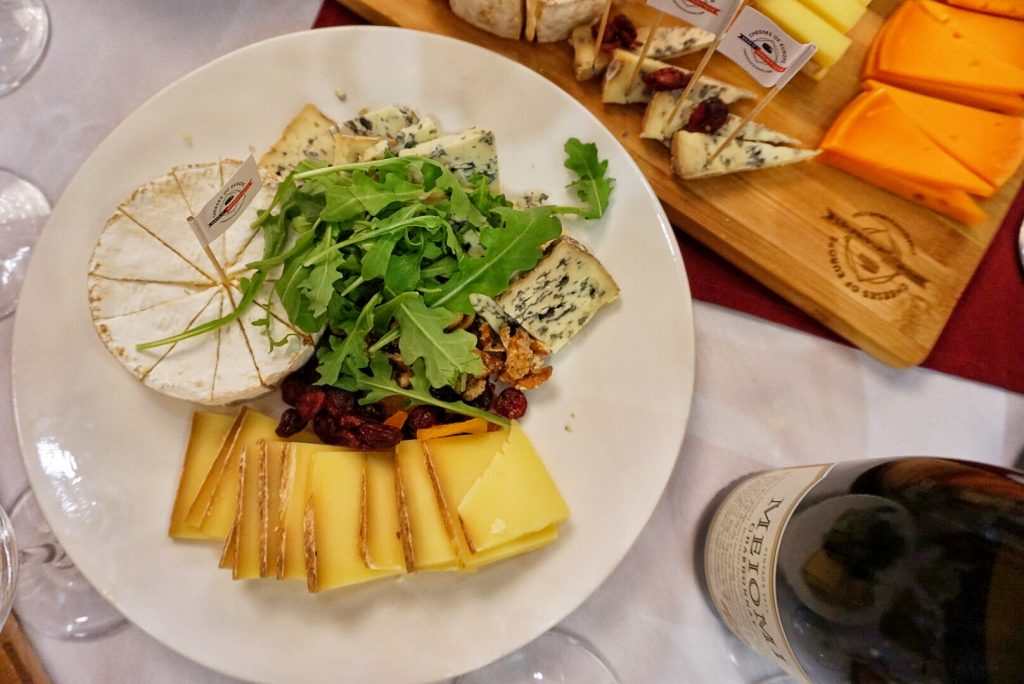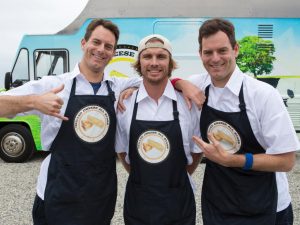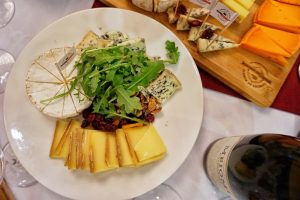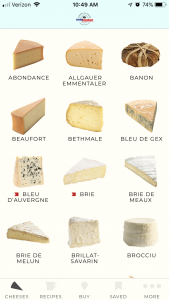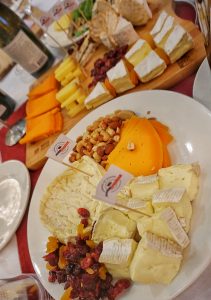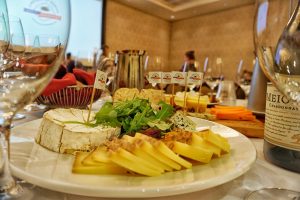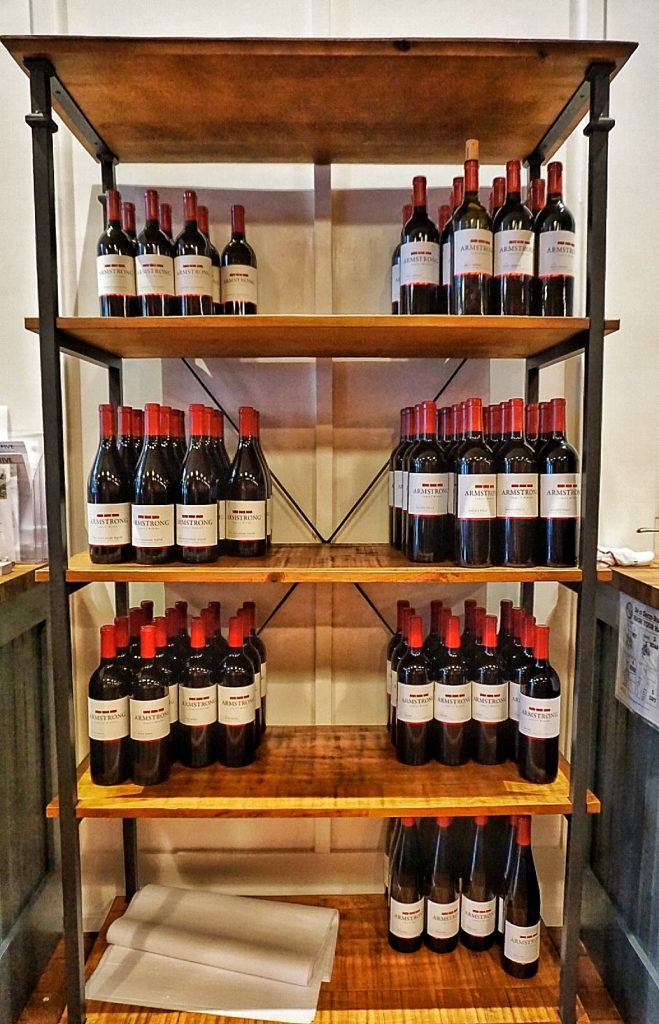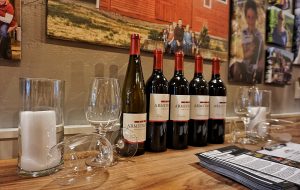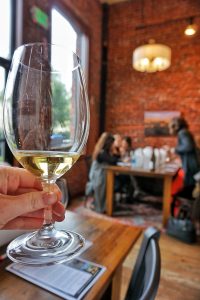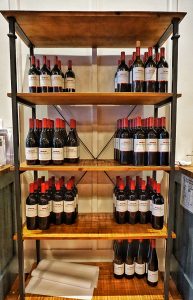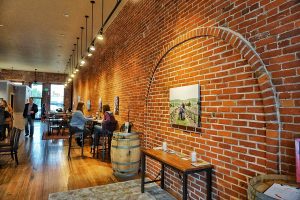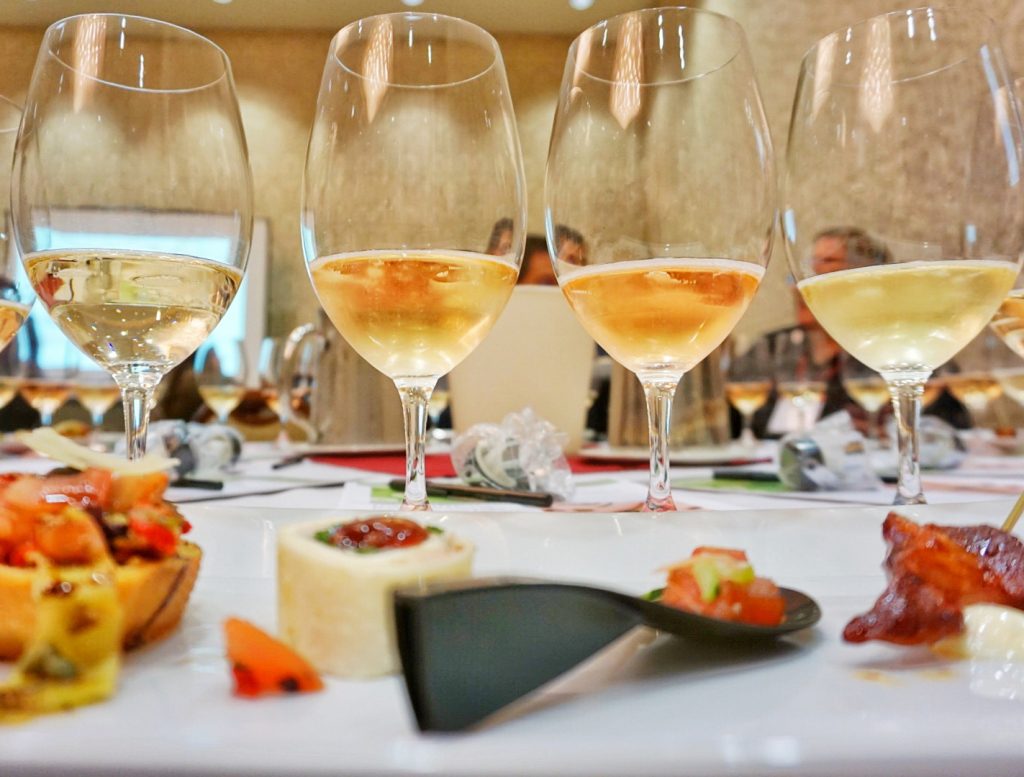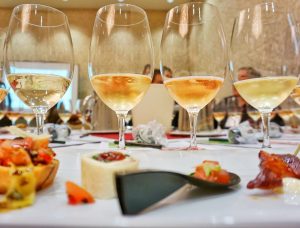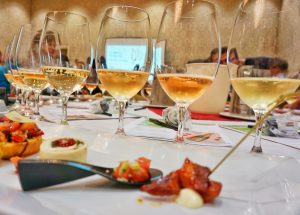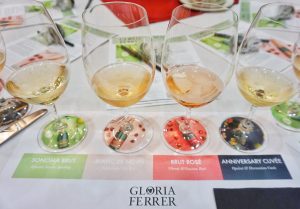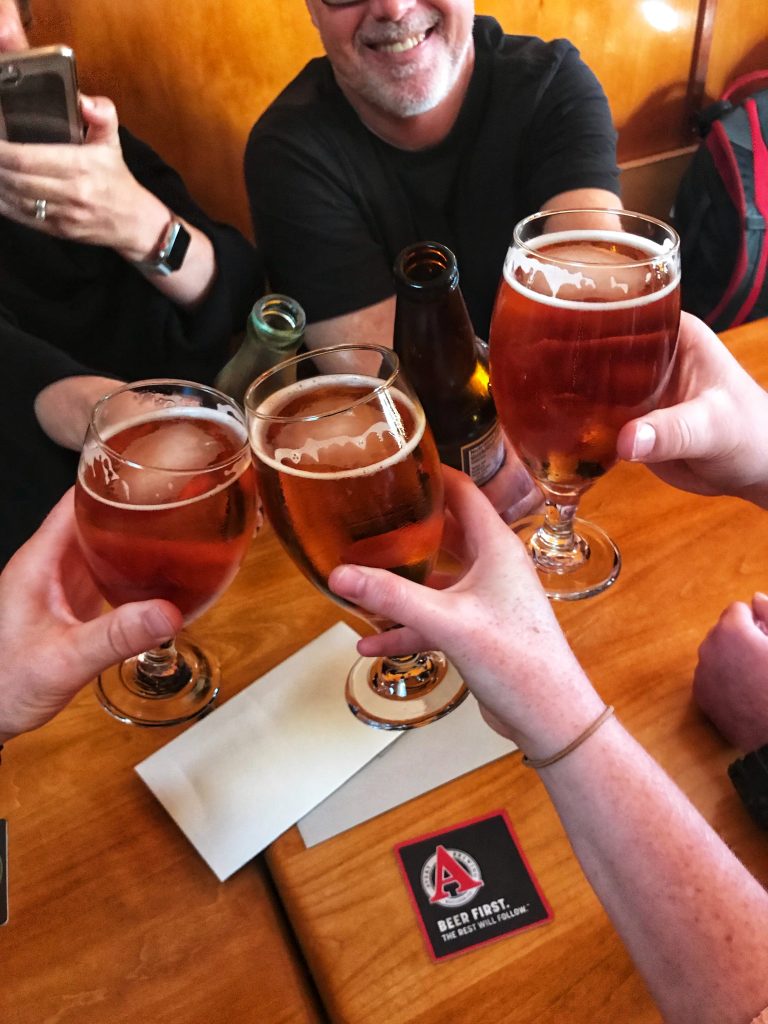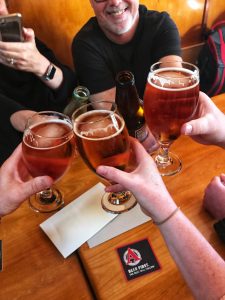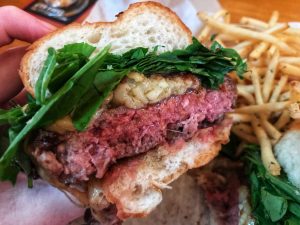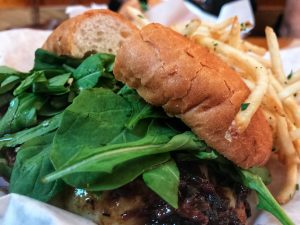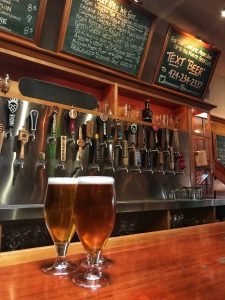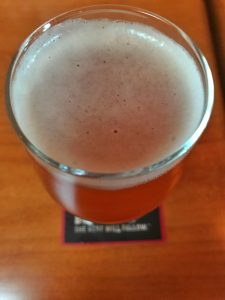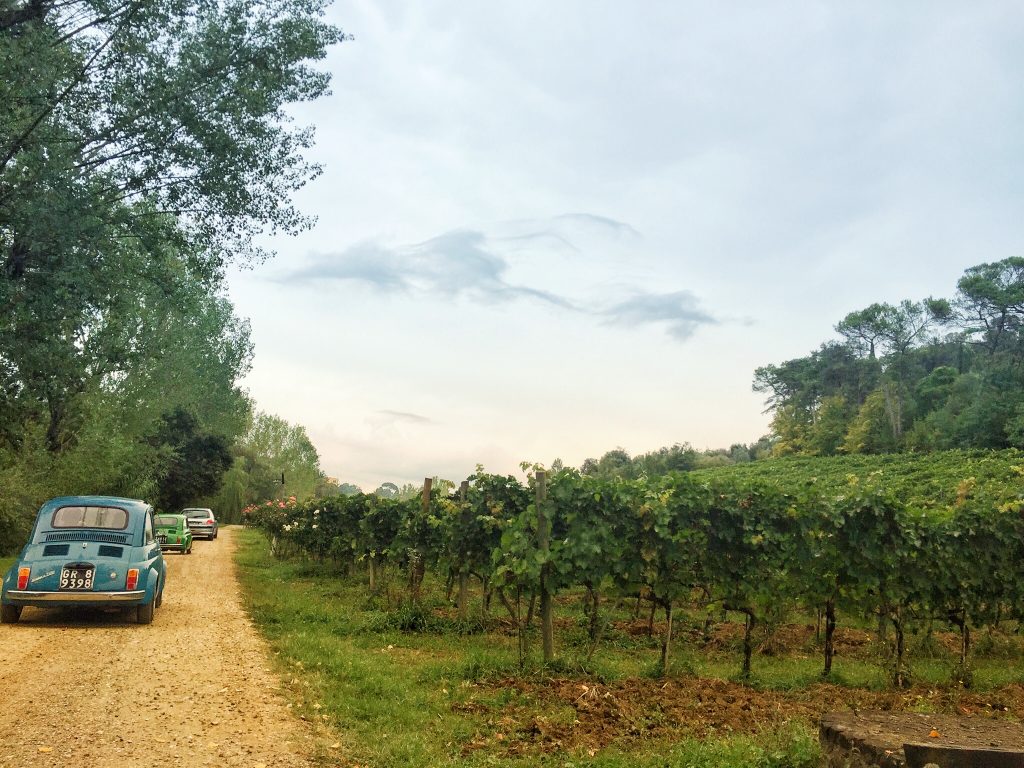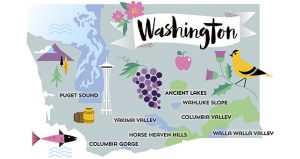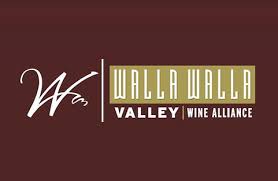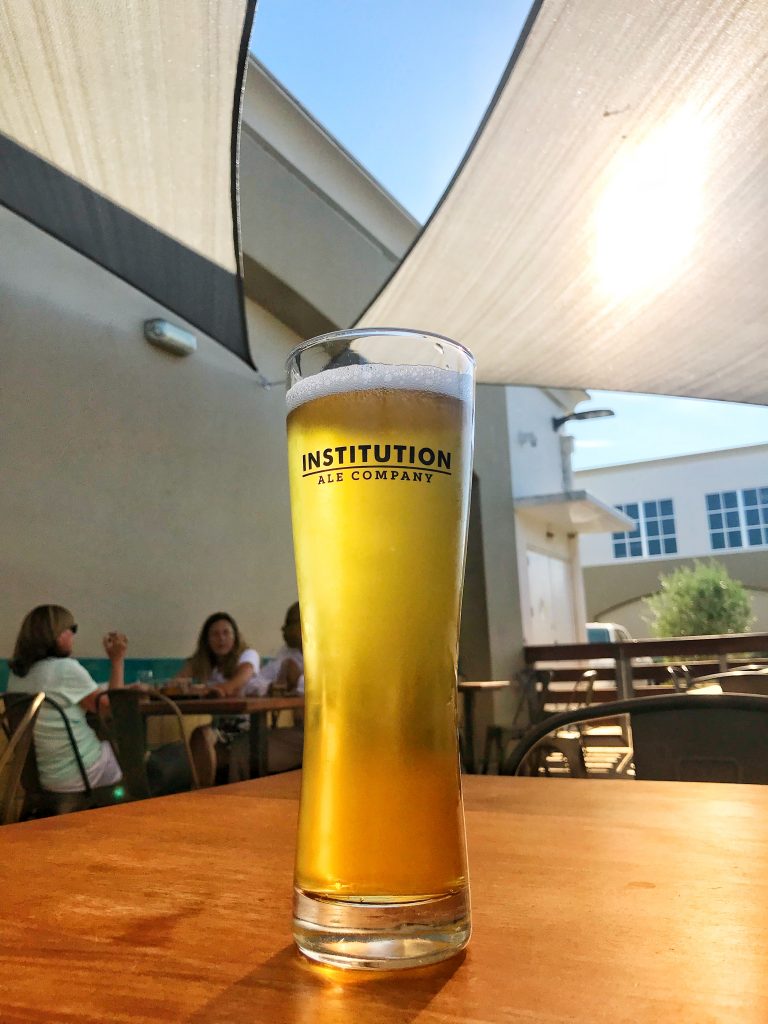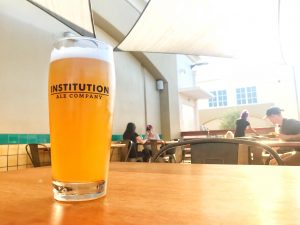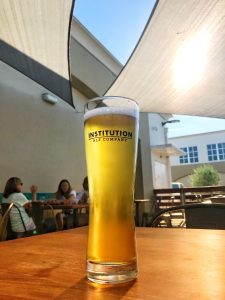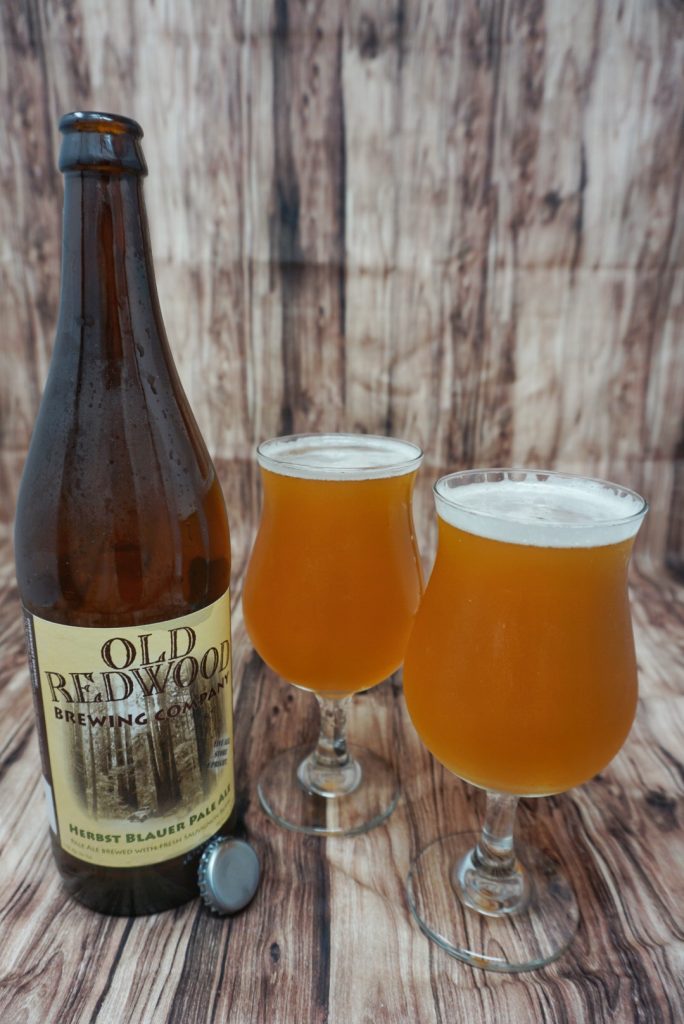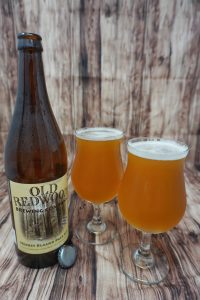Move over Pumpkin Spice Lattes, this Spiced Whiskey Ginger is about to take over as your new favorite fall sip!
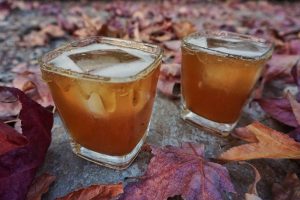
With fall in full swing and the holidays right around the corner, I was on the hunt for a boozy indulgence to commemorate the season. I knew some fall spices and whiskey would give the warm and cozy feeling I was looking for. It sings fall with every sip!
I started by making a spiced simple syrup as the base for the flavor. Here’s how you do it:
Ingredients
½ cup granulated sugar
½ cup brown sugar
1 cup water
2 cinnamon sticks
½ tsp. ginger
½ tsp. nutmeg
¼ tsp. ground cloves
10 black peppercorns
1 tbsp. vanilla extract (to add at the end)
Directions
Combine all sugar, spices, and water in a small saucepan and bring to a simmer. Allow sugar to fully dissolve and then remove from heat. Set aside and let cool. That’s it!
Then the real fun begins!

To make two Spiced Whiskey Gingers, you’ll need:
Ingredients
3 oz. whiskey of choice
2 tsp. spiced simple syrup (recipe above)
10 oz. ginger beer (NOT ginger ale, it’s different!)
Honey for garnish
Ice or whiskey stones (optional)
Directions
A few hours before you want to indulge, pop your glasses into the freezer to chill them. This is essential for your garnish!
Just before serving, pour a small amount of honey onto a plate or a wide bowl. Dip the rim of your chilled glasses into the honey. The cold glass will allow the honey to harden on the rim. Pop the glasses back into the freezer if you need a few minutes to prepare the rest of the drink.
In a cocktail shaker, add the whiskey and spiced simple syrup. Stir until fully mixed. Strain the spiced whiskey mixture into your chilled glasses. Top with ginger beer and enjoy!
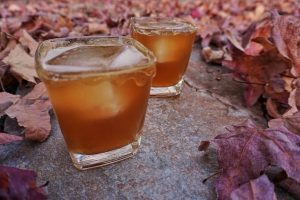
The honey around the rim is a perfect complement to the warm cozy flavors in the glass. You’ll be wanting another Spiced Whiskey Ginger before you even finish the first.
This drink could easily be made in large quantities for your next holiday gathering, too. Did someone say a boozy Thanksgiving drink?? 😉
Give this new sip a try this fall! Let me know what you think on social media or in the comments below. Cheers!

